According to ECB’s Consumer Expectations Survey (CES) in August, inflation expectations were largely unchanged comparing with July. Nevertheless, mean inflation expectations for the 12 month ahead dropped slightly, and could have peaked. Growth expectations also improved.
On inflation:
- Mean expectations for 12 months ahead dropped from 7.1% to 6.9 (compares to 6.6% in June).
- Median expectations for 12 months ahead was unchanged at 5.0%.
- Mean expectations for 3 years ahead was unchanged at 4.7%.
- Median expectations for 3 years ahead was unchanged at 3.0%.
On growth:
- Mean growth expectations for next 12 months improved from -1.9% to -1.7%.
- Median growth expectations for next 12 months improved from -0.1% to 0.0%.




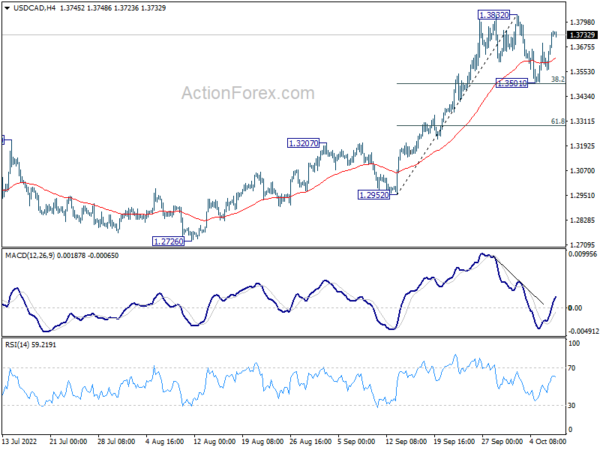
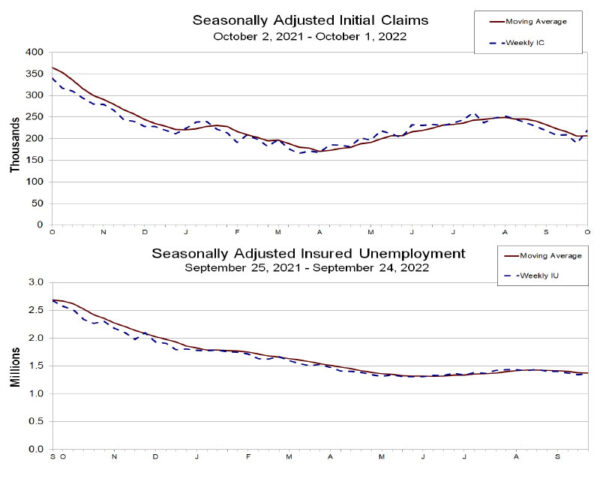
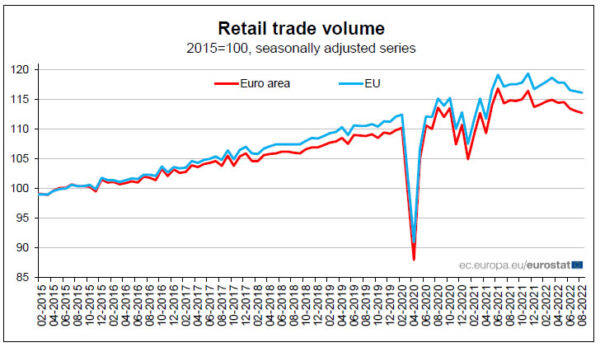
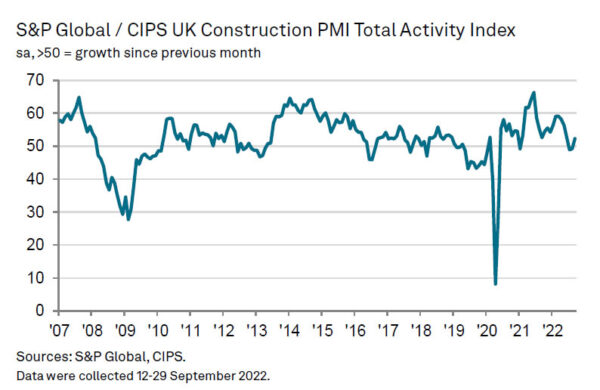
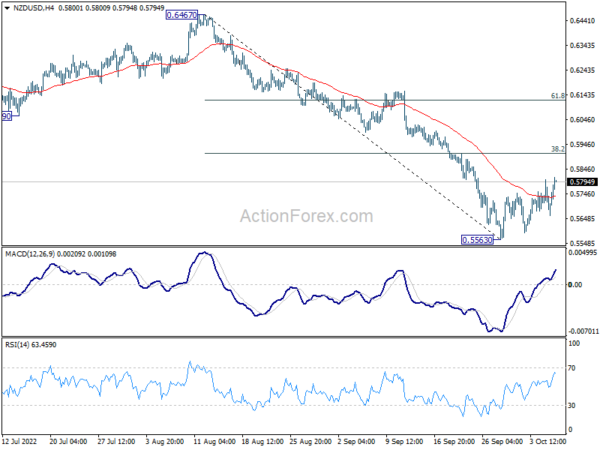
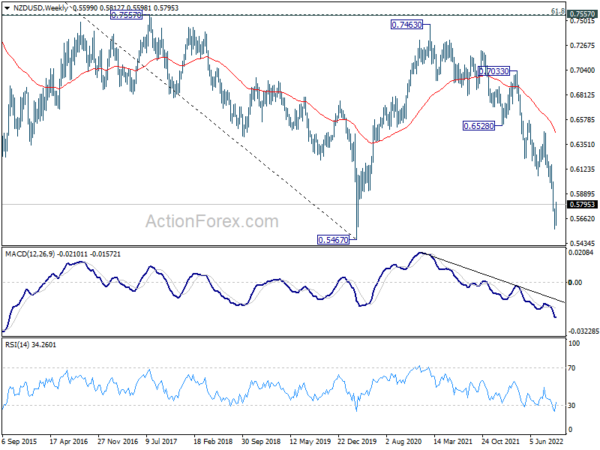
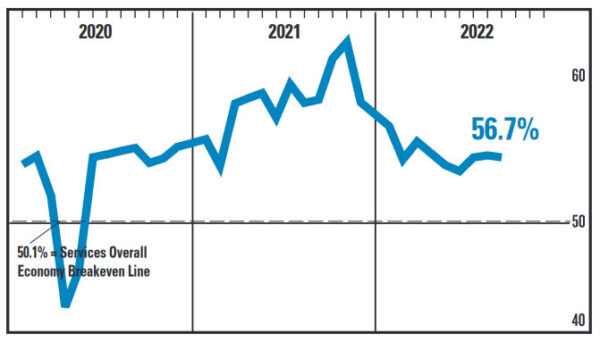
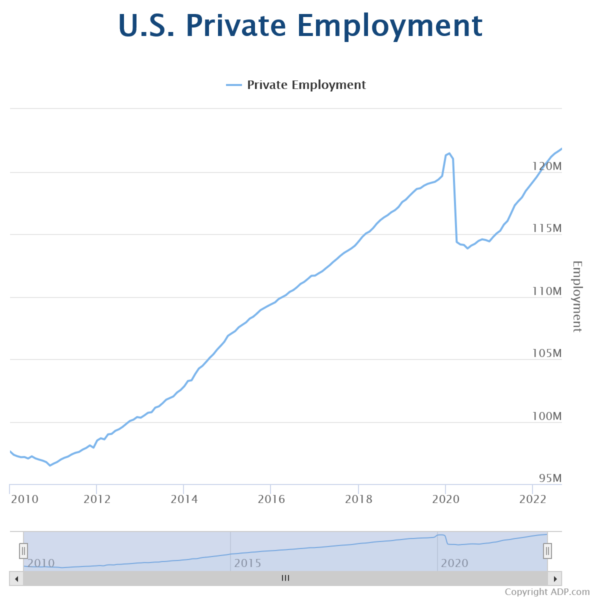
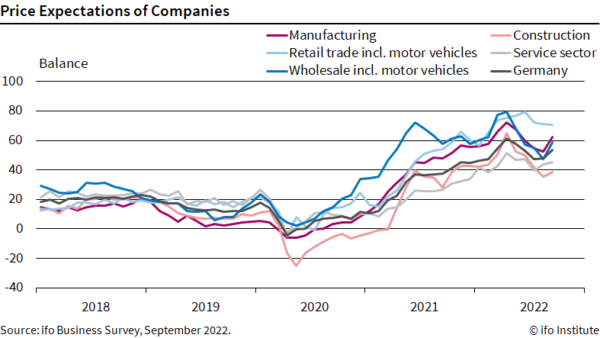
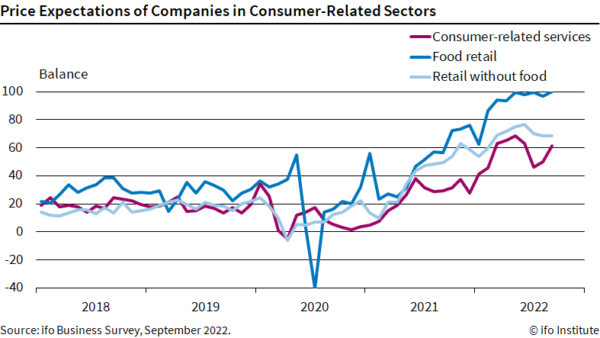
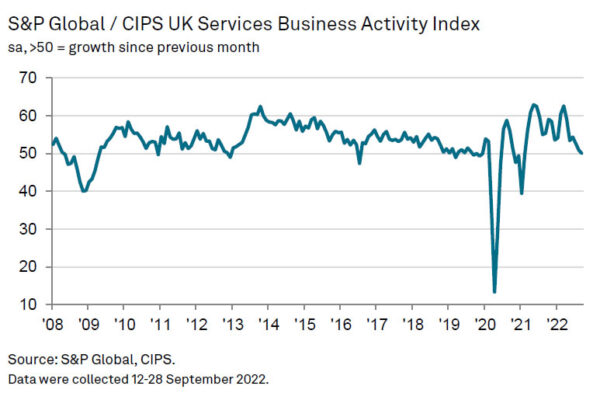
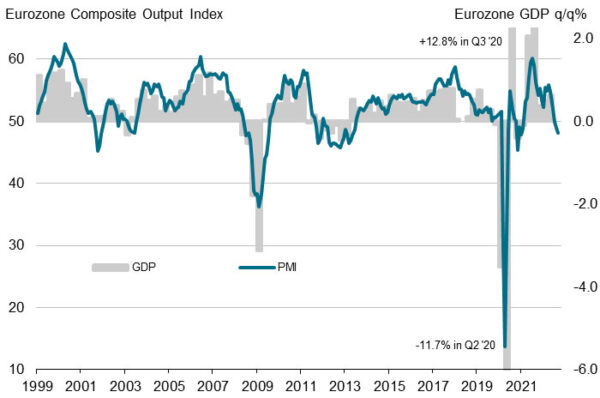
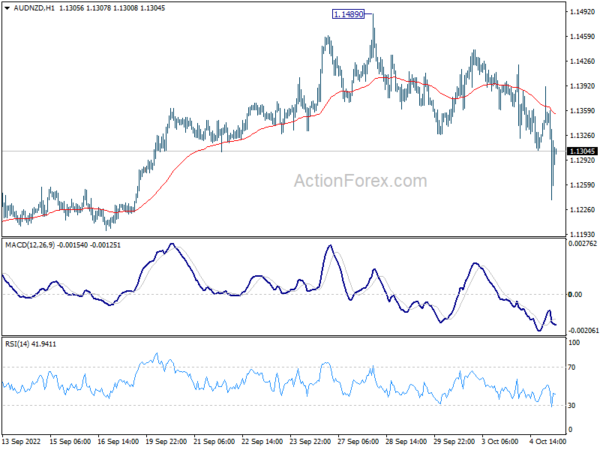
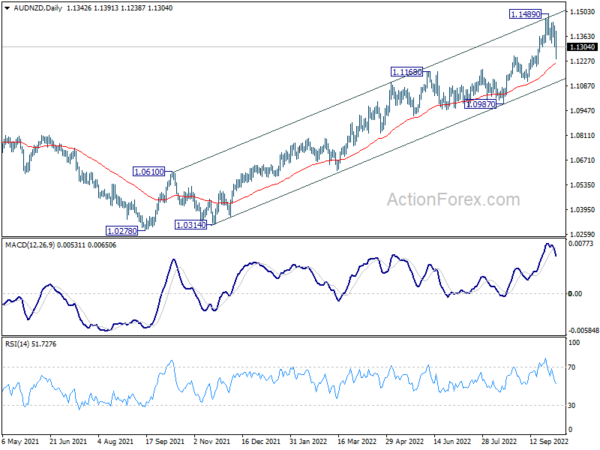

BoE Ramsden: The central question is how forceful we need to be
BoE Deputy Governor Dave Ramsden said in a speech that before the November MPC meeting, policymakers will be seeking answers to “a range of questions” to assess how quickly inflation will return to target.
For him, the questions include: “is there any evidence that the tight labour market is easing; what is the revised outlook for demand in view of the Government’s fiscal announcements; are domestically generated inflation pressures consistent with returning inflation to the 2 per cent target; and what do financial market developments tell us.”
Meanwhile, the “central question” for all MPC members is “how forceful do we need to be, to ensure inflation does return sustainably to the 2% target”.
Full speech here.